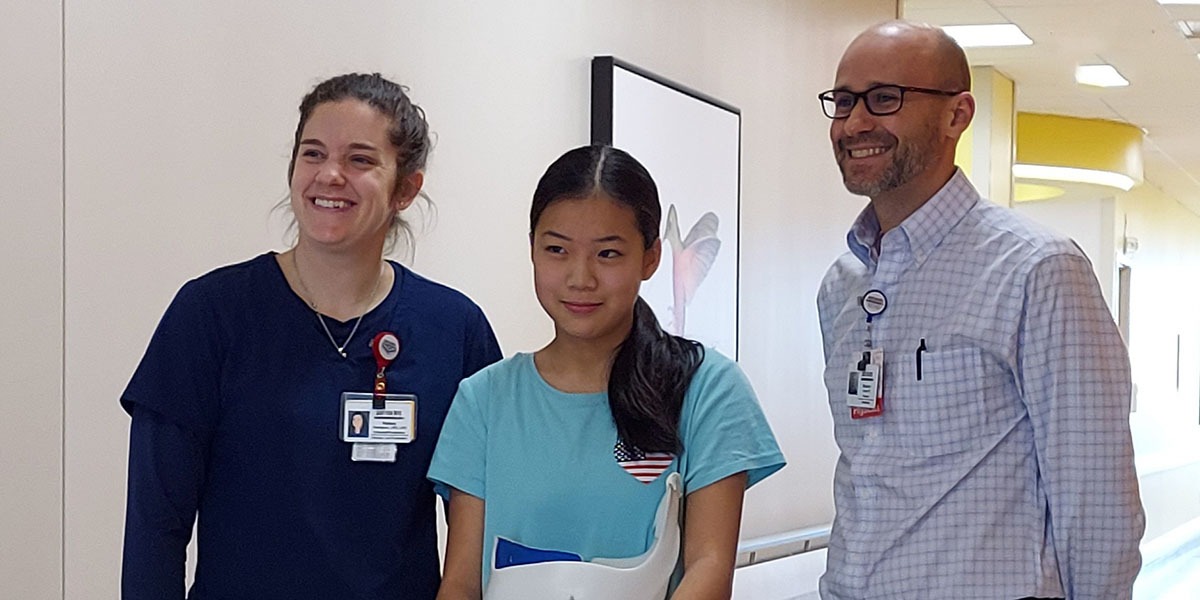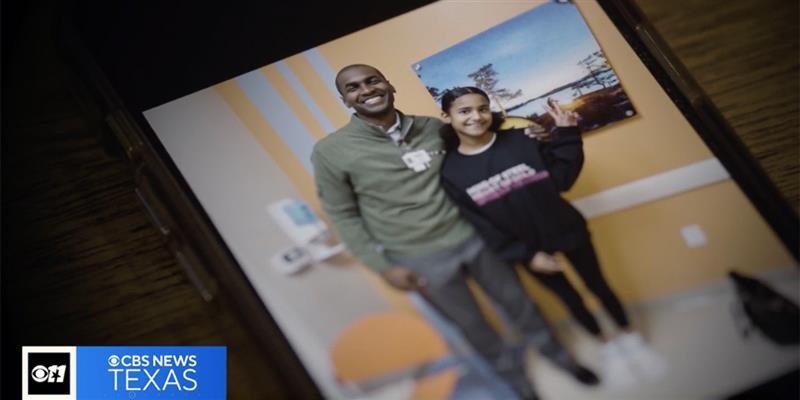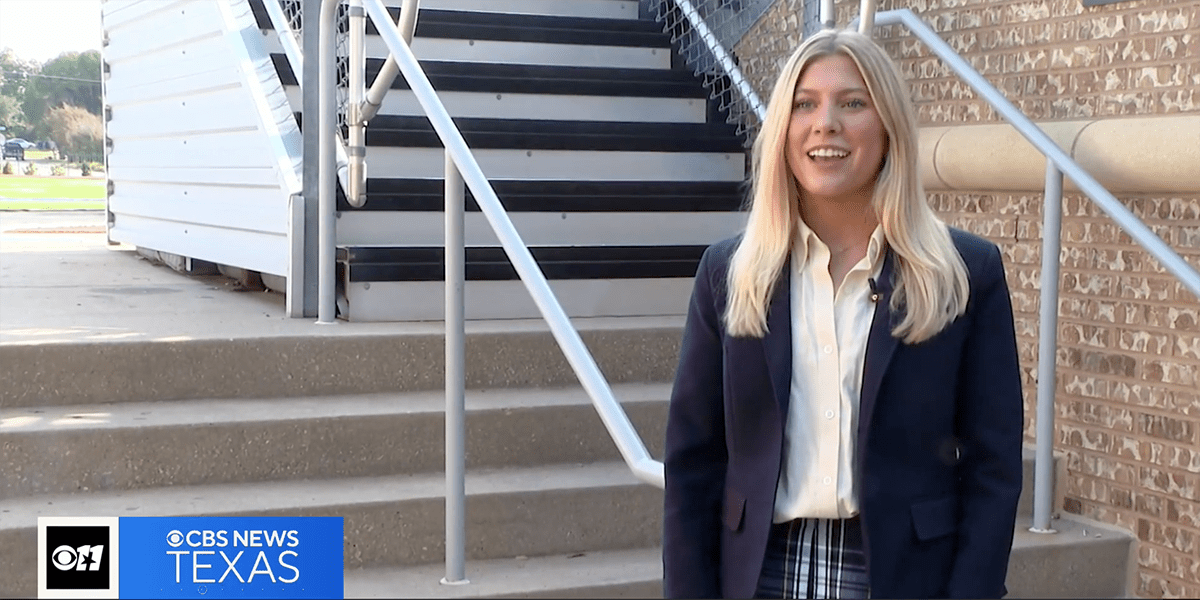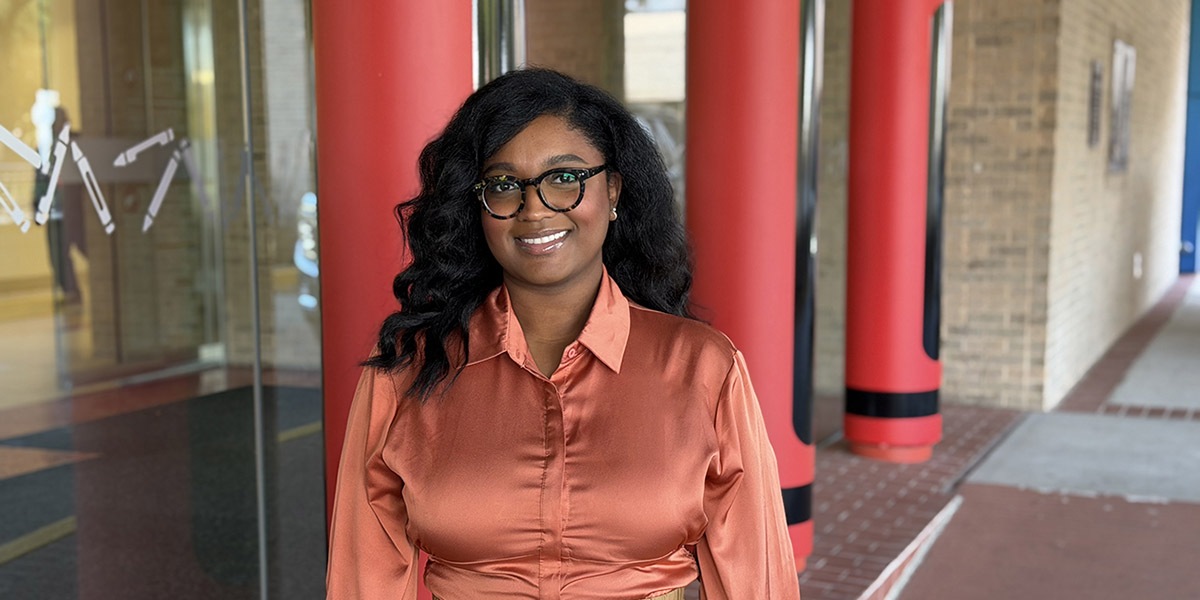In honor of Scoliosis Awareness Month, clinical manager Jennifer Bowden, R.N., joined us on Facebook LIVE to discuss the most frequently asked questions about scoliosis. Below is a recap of the conversation.
Watch the live segment.
What is the difference between an ambulatory care and inpatient nurse?
- An ambulatory care nurse, also known as clinic nurse, is the nurse a patient will see when he or she has a clinic visit.
- An inpatient nurse takes care of the patient once out of surgery.
At an initial appointment for scoliosis, what can a patient expect?
- The patient is seen by their doctor and clinic nurse. They could also be evaluated by a physician’s assistant or fellow/resident.
- If the patient does not have X-rays on file, it is possible that they may be sent to radiology to have those taken.
- The doctor will complete a clinical exam to check for scoliosis.
- Depending on the outcome of the clinical exam, X-rays are checked if there are concerns regarding a potential curve in the back.
- The doctor will give the patient a time frame of when he or she needs to come back for another visit.
Scoliosis Surgery
Who do the parents contact if they have questions about surgery?
- Clinic nurse
- Families are encouraged to call with any questions they may have at any time.
- Our staff encourage parents/patients to write down any and all questions.
While a patient is in surgery, where does the parent/guardian wait?
- Patient will be assigned a room on the inpatient unit – parents can wait in that room.
- Surgery waiting area is on the 4th floor – quiet and away from hustle and bustle
- Cafeteria – on the C level by the A elevators
- While the patient is in surgery, the parent/guardian must stay inside the hospital at all times.
- Each parent/guardian is given a pager to be notified/updated regarding the progress of the surgery.
Most common updates during surgery
- It takes about an hour to get the patient prepped before surgery actually begins.
- The parent/guardian is updated when the surgery actually begins.
- Updates come every one to two hours
- Parents are notified when the patient is being closed up.
- When the surgery is complete, the surgeon will call and speak to the parent.
What does the admission process for spine surgery look like?
- Most spine patients check into the hospital the day before surgery.
- Labs and X-rays are taken, if needed
- Clinical photos are taken so that the patient can remember what he or she looked like before the surgery.
- The patient and their family are able to meet their care team:
- Inpatient nurse
- If needed, a child life specialist and physical/occupational therapist
- OR nurse
- Anesthesiologist
What happens after surgery?
- The patient will be in recovery (PACU) for half an hour to an hour or longer.
- Once the patient is awake and the breathing tube is removed, the parents are called to see their child in recovery.
- Parents are escorted to the patient’s room and the recovery nurse will take the patient to their room.
- Recovery nurse will give the inpatient nurse a report on the child.
Who is the patient seeing after surgery?
- Inpatient nurse
- Patient care techs
- Doctors
- Residents and fellows
Pain management after surgery
- Education on pain takes place before surgery
- Really sore and still after surgery – the nurse teaches the patient how to assess their pain
Will the patient wake up during surgery?
- No, the patient is fully asleep during surgery.
- Anesthesia is given to the patient to keep them asleep
- The patient’s spinal cord wil be monitored throughout the duration of the surgery.
Movement after surgery
- Physical or occupational therapy can be part of the process after surgery, if needed.
- Nurses help patients get out of bed.
- The nurse will teach the patient how to roll over, prop themselves up and turn over.
- The care taker at home will also be taught how to help the patient get out of bed and move around safely.
Going home after surgery
- Pain is under control
- Incision looks good
- Patient is up and moving
- Eating and drinking – no vomiting
- Bowel movement in the hospital – biggest problem after this surgery is constipation and gut issues
The drive home from the hospital: Is there a certain set up needed in the car?
- Every patient is different
- Take pain medication close to when departing the hospital
- Most patients like to recline in the car seat versus sitting up straight.
- The nurse will help the patient down to the car and will make sure they are safely situated inside the car.
- Every hour to two hours, we recommend the patient to get up and move/change positions.
Specific bed set up at home
- No restrictions on the bed setup at home
- If the bed is upstairs, recommend sleeping somewhere downstairs
- No hospital bed is necessary
- Some patients like being in a recliner, instead of lying flat
Incision care
- Nurses educate parent/guardian on how to change the dressing covering the incision.
- No creams or lotions on the incision until told by your doctor.
- A nurse will provide the parent with supplies to change the dressing.
- No soaking the incision, showers only – do not want the incision under water because it could cause an infection
- After shower, remove the dressing, pat area dry and then apply a new dressing
Will the patient have a scar from surgery?
- Yes, a long and thin scar down the middle of their back.
- If well taken care of, it will flatten out and look like a faint pencil mark down the middle of the patient’s back.
- For at least two years after surgery, it is recommended that the scar be covered with sunscreen or a shirt when out in the sun.














